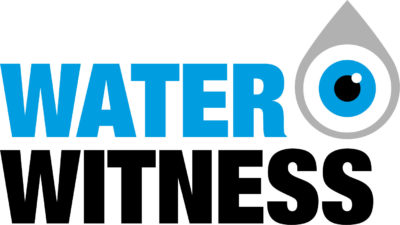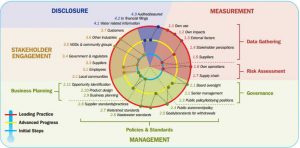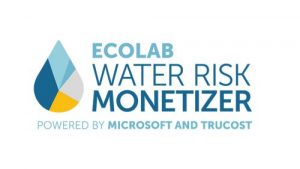Primary Functions
- Set out how a fair water footprint can contribute to our shared water security by discussing the methodology, use cases, and value proposition of water footprinting as part of a water stewardship strategy.
Detailed Description
Water footprints connect powerful actors – companies, markets, investors, and consumers – to the global water and climate crises. They create new incentives and mechanisms to target and trigger action, and to strengthen accountability for ethical production in supply chains. Water stewardship is the strategic and operational response to prioritising fair water footprints for shared water security.
Through water footprinting, companies and their critics have been able to ask new and far-reaching questions about corporate water use, its impacts, and its risks. Water stewardship has been conceptualised as moving up a ladder of activity, starting with companies getting their own house in order. This means ensuring efficient and legally compliant water use at sites, farms, and factories; and access to WASH for workers.
Moving up the ladder, companies engage beyond the fence line of their operations into (a) their supply chains, which may be at risk from drought or floods; and (b) catchments, communities, and cities to understand and address the “upstream” and “downstream” factors which determine their risks, resilience, and sustainability.





